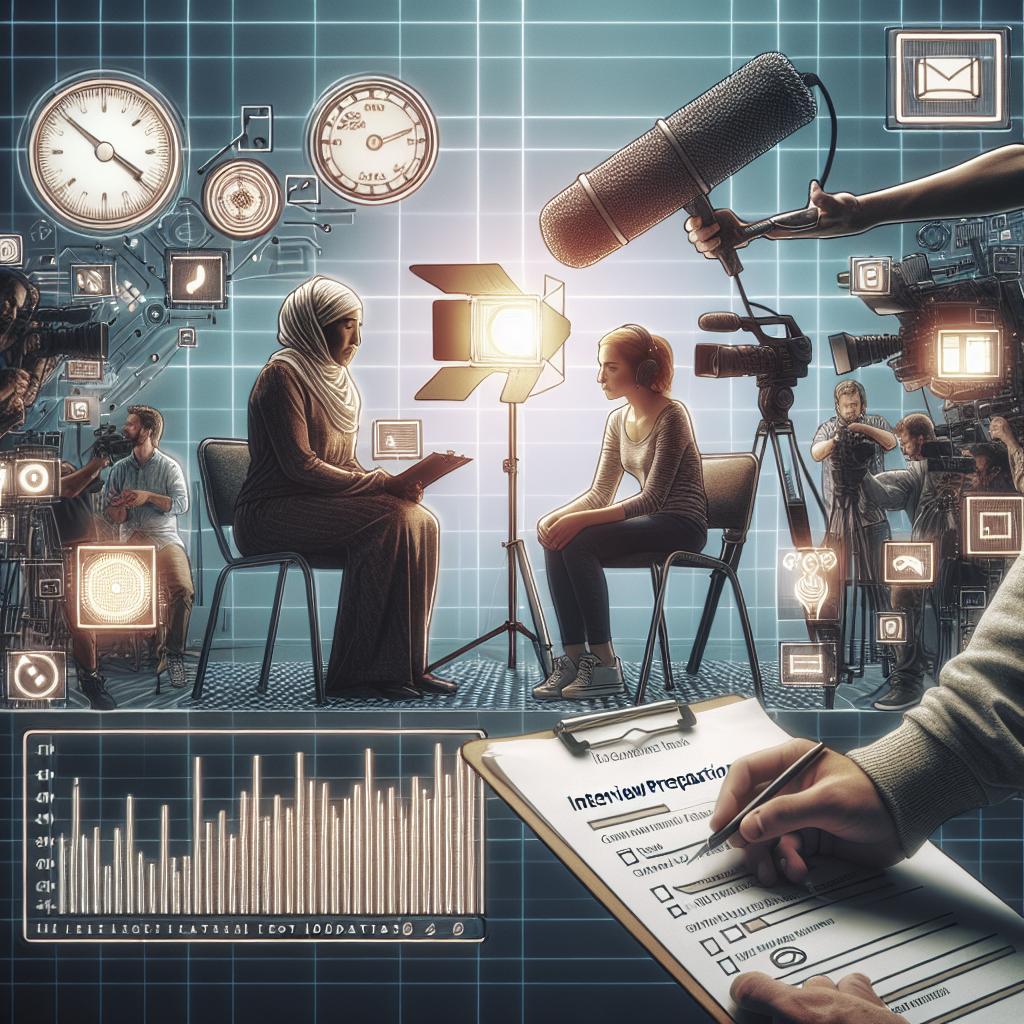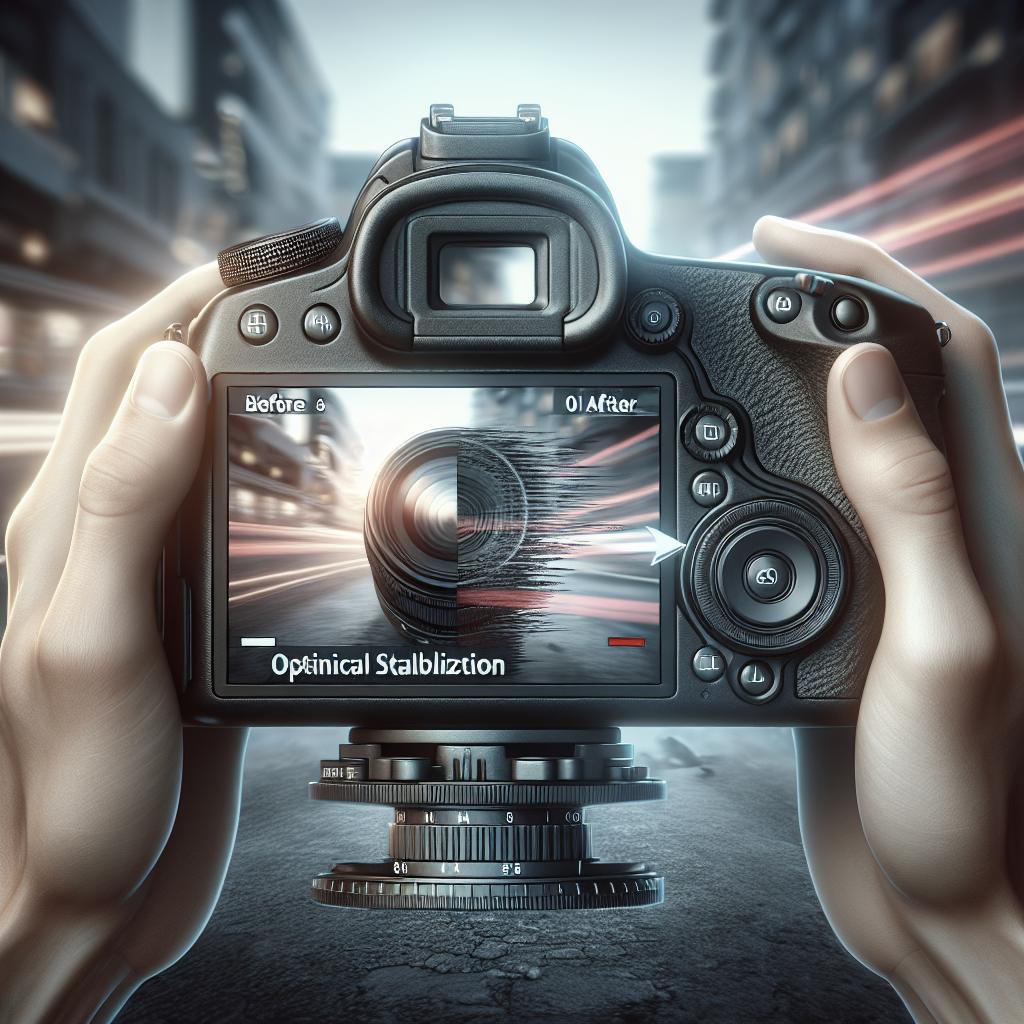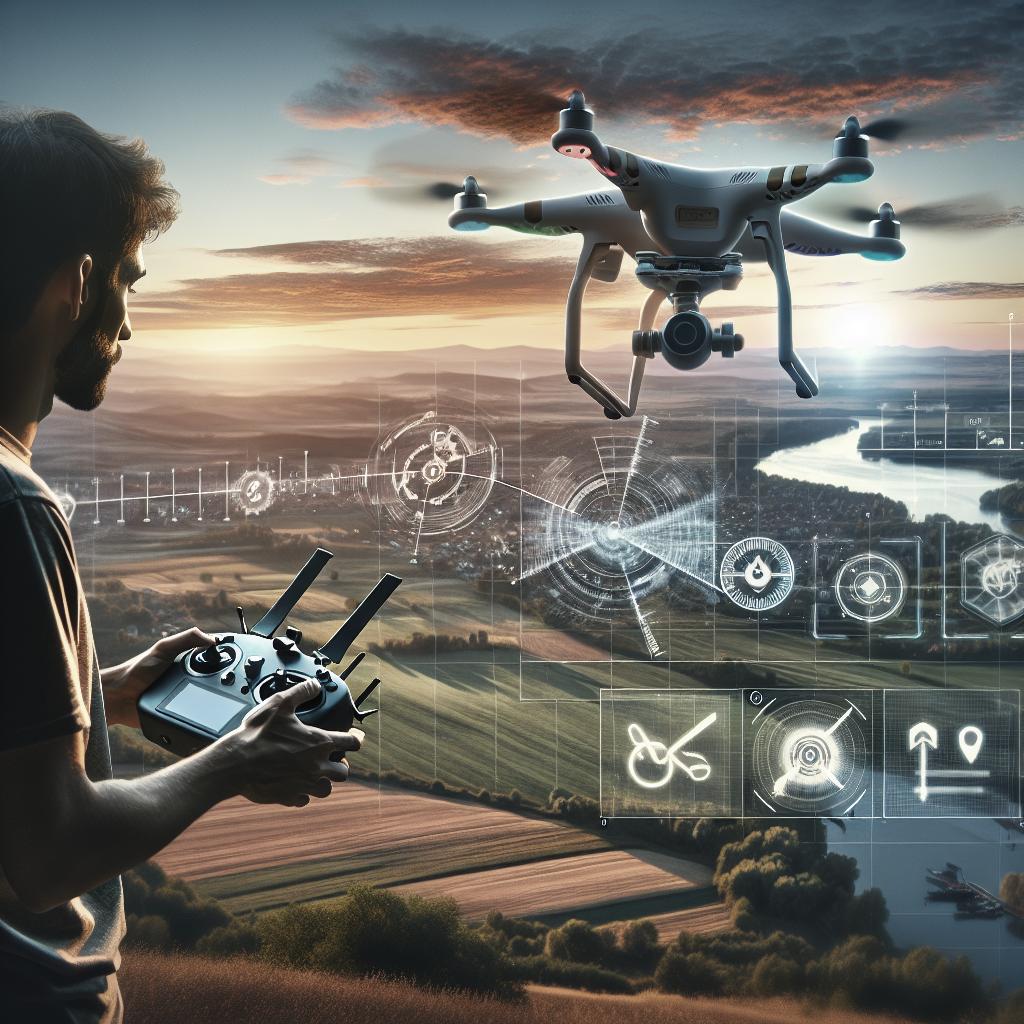“`html
Factors to Consider When Filming Interviews
Filming interviews can be an intricate process that demands attention to numerous details. When properly executed, interviews can capture genuine insights and emotions that enrich storytelling. In this blog post, we’ll explore crucial elements that need to be addressed when setting up an interview shoot. From the significance of punctuality to the impact of set design and lighting, each component plays a pivotal role in crafting a professional look and atmosphere. Beyond visuals, sound quality and environmental factors such as room temperature play essential roles in audience engagement. Additionally, we’ll cover how clothing, hair, and makeup contribute to an interviewee’s on-screen presence. By understanding these aspects, you’ll be well-equipped to conduct interviews that leave a lasting impression.
Punctuality
Punctuality is vital to the success of any interview shoot. Arriving on time ensures that you have sufficient moments to set up equipment, address technical issues, and establish a rapport with the interviewee. Moreover, punctuality conveys professionalism and respects the time of everyone involved. Being late can lead to rushed preparation and a stressful atmosphere, affecting the quality of the interview.
Preparation is key to maintaining punctuality. Ensure that all necessary equipment—cameras, microphones, lights—are packed and checked the day before. Planning the logistics, including travel routes and time to set up, can preempt potential delays. A well-planned schedule allows for the focus to remain on the interview instead of operational hiccups.
The Background
The background sets the tone for your interview, acting as a frame that complements the subject without distracting from them. When choosing a background, consider its relevance to the subject matter of your interview. A neutral and uncluttered space often works best, allowing your audience to focus on the content of the interview without visual distractions.
Make sure that the background aligns with the intended message or theme. For instance, an interview with an artist might benefit from a backdrop of their work, adding context and authenticity. Check for objects within the frame that might draw attention or imply unintended associations, ensuring that the spotlight remains on the interviewee.
Set Design
Set design is crucial in establishing the right ambiance. It involves the deliberate arrangement of elements within the frame to enhance visual storytelling. Consider the elements you wish to include – chairs, tables, or any props that serve a purpose for the interview. Each should contribute meaningfully to the narrative.
The color scheme and style should enhance the theme, not overpower it. Opting for complementary colors can add a visually appealing touch, ensuring nothing competes with the interviewee for attention. Remember that set design is not static; adjustments may be needed to match the interview’s flow or focus.
Room Size
The size of the room impacts acoustics, camera angles, and lighting setups. A larger room can offer more control over these factors, allowing for creative positioning of cameras and lights. Ample space can result in diverse frame compositions, enhancing the visual appeal of the interview.
Conversely, small rooms might pose restrictions but can also create a sense of intimacy, which can be beneficial for personal or sensitive topics. Recognize the strengths and limitations of your space to maximize its potential through careful planning and positioning.
Room Audio
Audio quality is just as crucial, if not more so, than visual elements when it comes to interviews. Factors such as room acoustics, echo, and ambient noise should be considered when choosing a filming site. Test the audio setup before the interview to identify and mitigate potential problems.
Invest in quality microphones and use them correctly to capture clear and crisp audio. Lavalier mics or directional mics are good choices, as they can minimize ambient noise. Remember that poor audio quality can detract from credibility, making it indispensable in creating professional interviews.
Room Lighting
Lighting can dramatically influence the mood and tone of an interview. Ensure balanced, soft, and even lighting, which flatters the interviewee and illuminates them appropriately. Natural light is ideal but may require additional lights to control exposure or eliminate shadows.
Experimentation is key; use diffusers, reflectors, and adjustable lighting setups to find what works best in your setting. Keep the lighting consistent to avoid distracting fluctuations during the interview. The objective is to highlight the subject while providing a comfortable viewing experience.
Room Temperature
Room temperature can have a subtle but significant influence on the comfort of everyone involved. An environment that is too hot or cold might distract the interviewee, affecting their concentration and performance. Maintaining a moderate temperature helps ensure everyone remains at ease throughout the process.
Plan for seasonal variations by checking the air conditioning or heating facilities before you begin filming. This proactive approach allows for adjustments, ensuring the comfort of the interviewee, which in turn contributes to a smoother and more authentic conversation.
Filming with Two or More Cameras
Utilizing more than one camera adds depth and dimension to the interview, providing multiple angles that enhance storytelling. Ensure that each camera serves a specific purpose, such as a wide shot for context and a close-up for capturing emotional nuances. Strategically place the cameras to cover different perspectives without becoming intrusive.
Synchronize the cameras for seamless editing in post-production, allowing you to cut between angles naturally. This multi-cam approach adds dynamism, engaging viewers by varying visual interest and breaking the monotony of a single static shot.
Clothing
The clothing of the interviewee should complement the overall aesthetic without overwhelming the frame. Encourage them to wear solid, neutral colors that avoid distracting patterns or textures. Clothes should reflect the interview’s formality, considering the target audience and subject matter.
Evaluating potential clashes with the background or set is essential in creating a cohesive visual narrative. Conduct a screen test to prevent unforeseen wardrobe mishaps, ensuring the interviewee is comfortably and appropriately attired.
Hair and Makeup
Hair and makeup contribute to the interviewee’s on-screen presence, adding polish and professionalism. Makeup should be used to highlight natural features and ensure the skin doesn’t appear washed out under the lights. Powder can help reduce shine, enhancing the subject’s appearance on camera.
Likewise, hair should be styled to stay tidy, preventing stray strands from drawing attention. Professionals may be employed to perfect these elements, especially for high-profile interviews. Ensuring the interviewee feels confident and presentable reflects positively on the overall production.
Final Thoughts
| Factor | Consideration |
|---|---|
| Punctuality | Ensures enough time for setup and problem-solving; conveys professionalism. |
| The Background | Should complement the subject without distraction; align with the intended message. |
| Set Design | Cultivates the right ambiance; involves careful arrangement of frame elements. |
| Room Size | Impacts acoustics, camera angles, and lighting; enables creative compositions. |
| Room Audio | Vital for capturing clear, professional sound; requires quality mic placement. |
| Room Lighting | Influences mood and tone; should be balanced, soft, and even. |
| Room Temperature | Affects comfort and concentration; moderate temperatures are ideal. |
| Filming with Two or More Cameras | Enhances storytelling through multiple angles; requires strategic placement. |
| Clothing | Should complement aesthetic; avoid distracting patterns and textures. |
| Hair and Makeup | Add polish and professionalism; highlight natural features and reduce shine. |
“`


